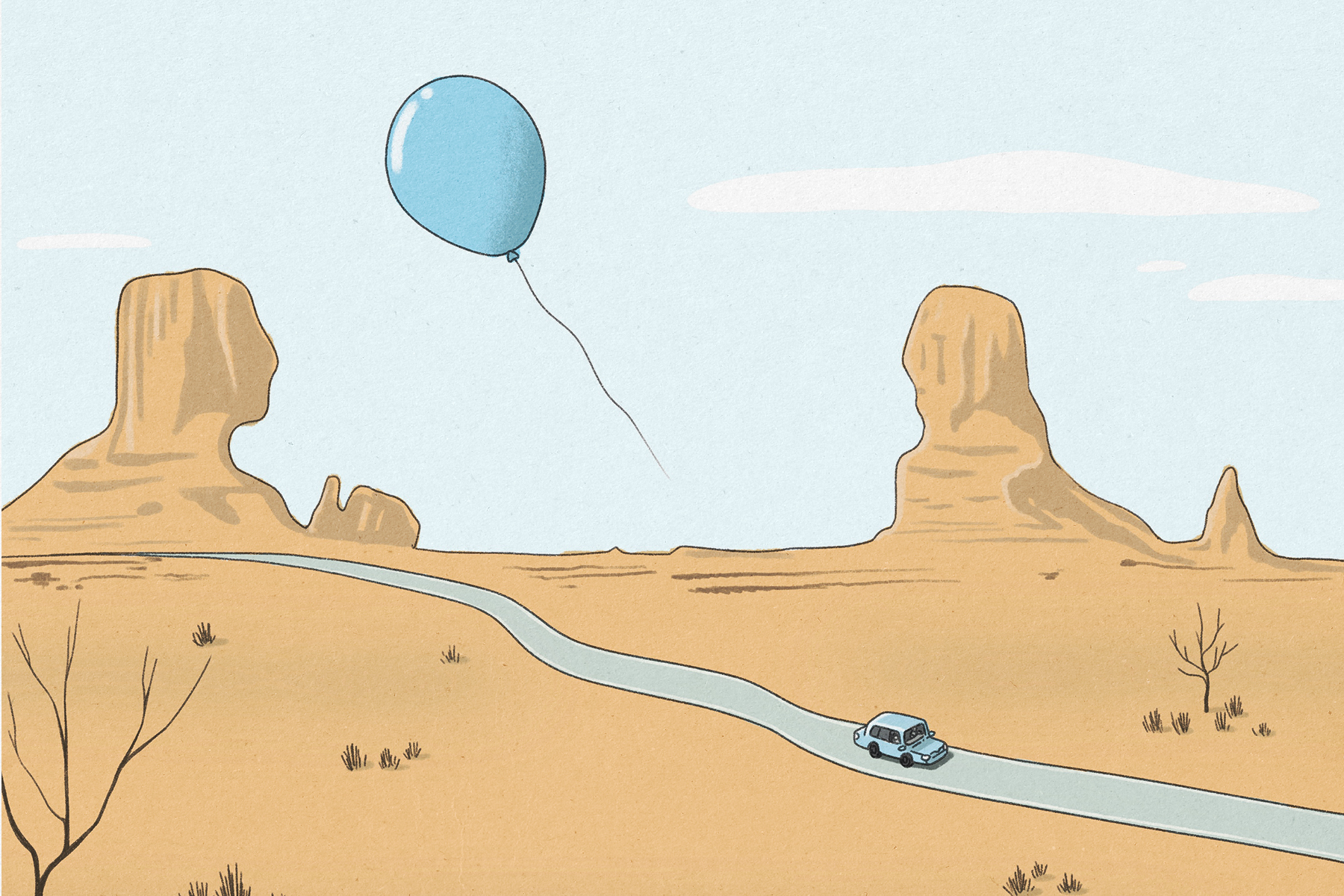TW: mentions of gun violence
When you think of animated films, typically the first thing to come to mind are colorful worlds of whimsy portrayed in stories woven together to create pictures that take us away from the usual scenery of reality. However, new Netflix animated short “If Anything Happens I Love You” is a sharp contrast from the usual direction of animation; instead, it centers on an unfortunate reality of too many families — but it’s one that we all need to see.
Directed by Will McCormack and Michael Govieras, “If Anything Happens I Love You” is a heartbreaking ode to families grieving the loss of a loved one taken by a mass shooting. To properly tell such an important story, McCormack and his writers worked closely with the nonprofit Everytown for Gun Safety to hear the voices of victims and better understand their stories. Despite being an animated film, the short takes more minimalistic and subtle approaches in its direction. The minimalistic directorial choices for the design, coloring and theme each enhance the power of the film and help illustrate the story of the grieving parents it is centered on.
Choosing the art style of an animated film is very dependent on the story at hand. For example, stories of grandeur and amusement use intense detail work to help create the otherworldly lands that house its eccentric characters. Conversely, “If Anything Happens I Love You” takes a more minimalistic approach to better suit its story.
The 2D design of the characters is clean and simple, which plays to the strengths of the film as it helps viewers focus on the story’s heart rather than its appearance. Instead of detailed shading, a lot of the dimension is created through scratchy, roughly-sketched lines. These lines feel shaky and distanced, much like the emotions silently portrayed by the family. The combination of roughly-sketched lines, negative space and dull colors paints the image of parents left vacant and hollow in the wake of losing their only child.
Color choice is a very important decision to make in film production as it sets the tone of the film. In “If Anything Happens I Love You,” the distinct lack of color further articulates the devastating loneliness felt by the grieving parents. The rare appearances of color in the film highlight significant moments.
A vast majority of the film sticks to a neutral color palette, a sharp contrast to the usual bright tones of animation. The main instances of color in the film are the beautiful shades of blue that represent the daughter the parents grieve. Without their daughter, their world is dull, only bearing color when memories of their daughter are present: a symbol that illustrates the brightness and color children bring to the world of those who love them.
The only other time we see color is in the film’s pivotal turning point. At the moment the fictional shooting occurs, the audience is faced with an incredibly thought-provoking still-frame. As the sounds of tragedy and shots fill the air, all the viewers see hanging above the school’s doorway is the bright red, white and blue flag of the country that has failed to protect its children — a resounding call to action for change that will protect the lives of innocent children all over the nation.
Lastly, it is important to acknowledge how tactfully the film handled a difficult subject matter. Content that involves tragedy treads a fine line between advocacy and exploitative, and the category the content falls under depends on the director’s motives. “If Anything Happens I Love You” isn’t a film made to show viewers the lives of the perpetrators of mass gun violence — it is a film that shows the life of a victim’s family left to pick up the pieces in the aftermath. It feels real and unfettering in its need to show viewers just a minuscule glimpse into the reality of grieving parents who are lost in a limbo of sorrow and hurt.
Something that truly resonated with me was the moment when we finally see the words “If Anything Happens I Love You” manifest on the screen through a heartbreaking final text from daughter to mother. The moment “If anything happens I love you,” appeared I was immediately reminded of something that happened in high school. When I was in my junior year, my school had a school shooting threat that left me rattled.
Though measures were taken early to investigate the threat, my anxious brain couldn’t shake the nagging fear of something happening to me or the people I loved. I vividly remember my eyes nervously darting around the packed cafeteria, then down to my phone as I messaged both of my parents, my heart breaking as I wondered if each “I love you” I sent would be my last. The desperation and anxiety hidden in “If anything happens I love you” expresses the terrifying reminder that not every day is promised and it is important to let your loved ones know and feel they are loved. A message perfectly encapsulating the fleeting nature of life.
In its 12 minutes, “If Anything Happens I Love You” does what many full-length films and television shows fail to do: confront grief for what it is. It doesn’t hide behind dialogue, flashy designs or other animation tropes; it shows you grief and the process of anger, pain and the road to healing.
In an interview with Jackson Murphy of AnimationScoop, McCormack stated, “We’ve met a lot of parents who’ve lost children to gun violence, and we admire their courage and we want to see their grief and acknowledge their pain. And that’s one of the powerful tools of storytelling. These things that are articles — they become intimate and real, and you can get inside the emotion of it. Animation is such a great tool for that. We wanted to create an elegy for these parents who have dealt with that grief that no one should have to go through.”
A survey conducted by Everytown Research & Policy reported, “58 percent of American adults or someone they care for have experienced gun violence in their lifetime.” Regardless of how difficult the subject matter may be, it is important to shed light on families like the one depicted in “If Anything Happens I Love You.” The resolution of the film shows the parents slowly reconnecting over the memories of their daughter. Slowly, the film comes to a bittersweet close with the parents knowing that no matter what happens, their daughter loves them.
















